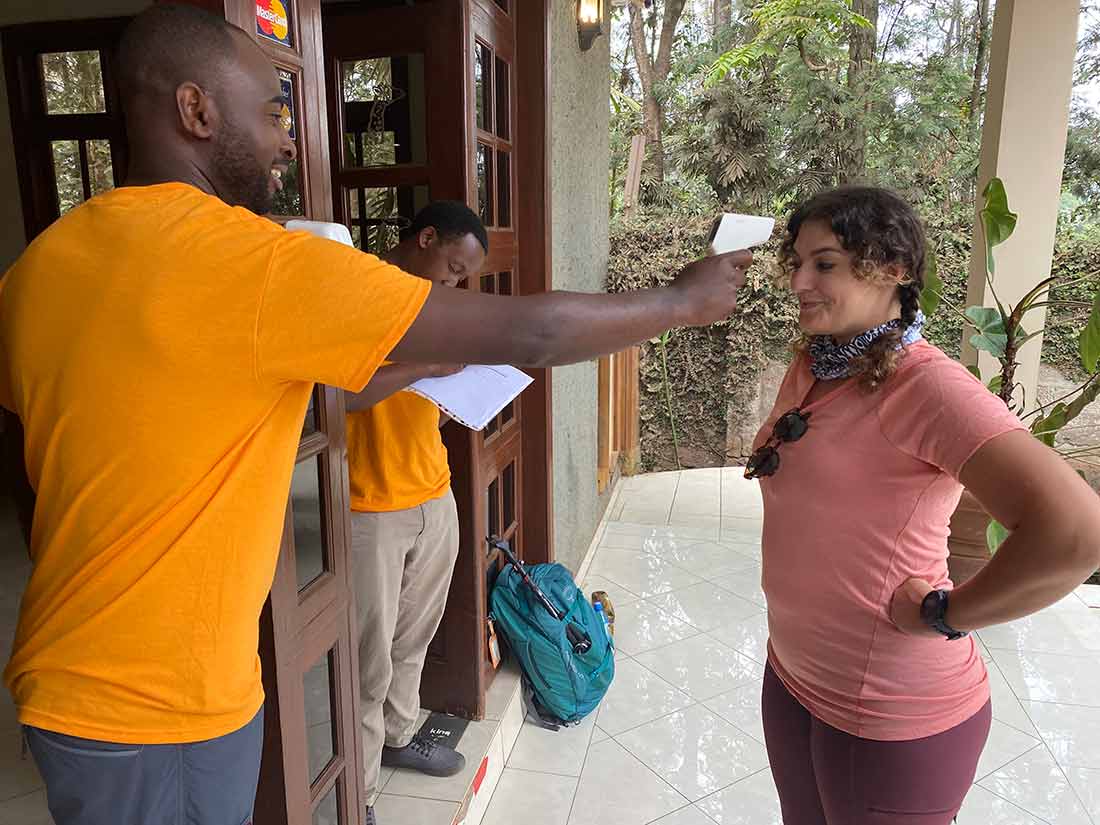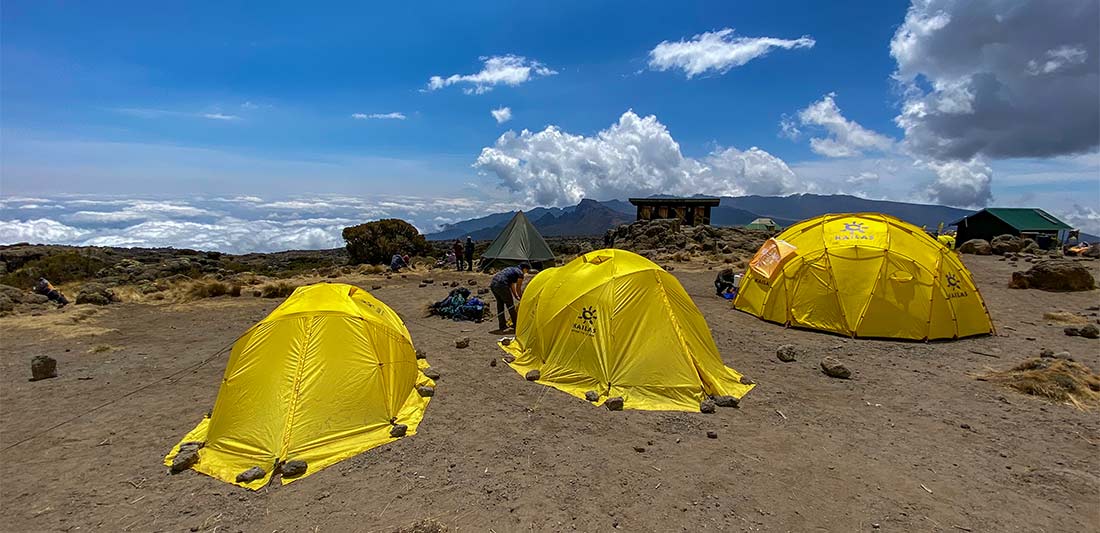Climbing Mount Kilimanjaro is a thrilling adventure that attracts trekkers worldwide. While the journey is undoubtedly rewarding, the success of your climb largely depends on the Kilimanjaro operator you choose. With numerous operators offering various packages, it’s crucial to prioritize safety when making your decision. In this guide, we will explore the key factors to consider when selecting a Kilimanjaro operator and delve into the safety precautions they should adhere to for a successful and secure climb. By following these guidelines you should be able to safely summit Mount Kilimanjaro.
Researching and Selecting a Kilimanjaro Operator
Experience
When embarking on a climb as challenging as Kilimanjaro, the operator’s experience should be at the top of your list. Look for companies with a proven track record in organizing successful climbs, knowledgeable guides, and a history of prioritizing safety.
Licenses
Check if the guides employed by the operator are licensed and experienced in leading climbers up Kilimanjaro. The best guides and porters work for the best companies.
Testimonials
Customer testimonials provide valuable insights into the experiences of previous climbers with a particular operator. Look for reviews on independent platforms, travel forums, and the operator’s website. Pay attention to feedback regarding the operator’s professionalism, communication, and, most importantly, their commitment to safety.
Porter Welfare
With all these Kilimanjaro companies, which one do you choose? To streamline your options, begin by choosing an operator that is a member of the Kilimanjaro Porter Assistance Project (KPAP). This organization actively oversees the well-being of porters on Kilimanjaro, addressing the prevalent issue of mistreatment experienced by these essential mountain workers. It’s important to note that all companies are required to pay identical park fees, incurring similar expenses. The key distinction often lies in the cost-cutting measures employed by budget operators, which may include the use of subpar equipment, inadequate provisions for porters’ clothing, and reductions in their daily meals.
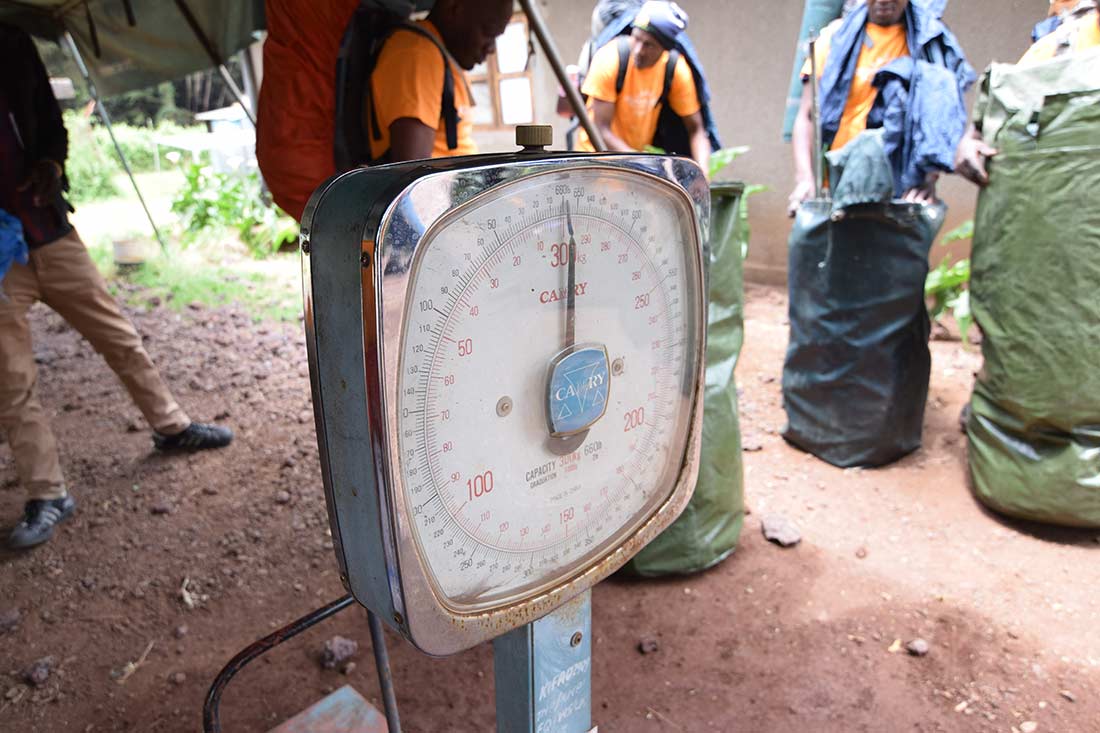
Furthermore, porters should not carry more than 33 pounds (15 kg). Kilimanjaro Sunrise monitors this at the trailhead. We also make sure that the porters bring along all the proper gear for ascending Kilimanjaro.
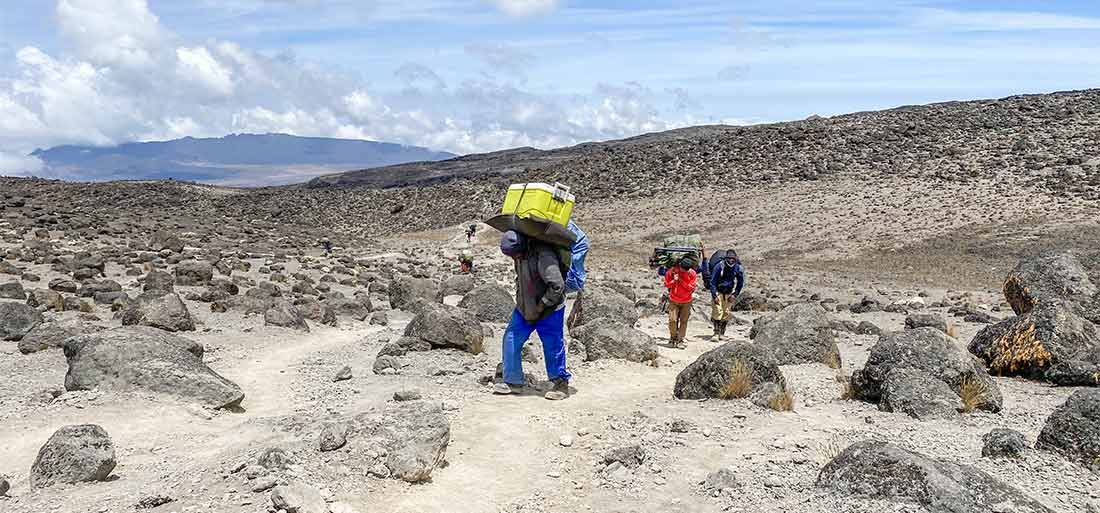
Safety Precautions and Protocols
Guide-to-Climber Ratio
The guide-to-climber ratio is critical in ensuring a safe and enjoyable climb. A lower ratio allows for more personalized attention and assistance, especially during emergencies. Reputable operators maintain a low guide-to-climber ratio, typically around 1:2. This ensures that each climber receives adequate support. At Kilimanjaro Sunrise we have a 2 to 1 climber-to-guide ratio. On Summit Night we also bring our senior porters along to the summit. That means we have a 1 to 1 ratio.
Acclimatization Itinerary
Proper acclimatization is crucial when ascending Kilimanjaro. This minimizes the risk of altitude-related illnesses. A responsible operator will suggest an itinerary that includes gradual ascents and acclimatization days. They should follow the “climb high, sleep low” principle. This approach improves the chances of climbers adapting to the thinning air and reducing the risk of altitude sickness.
Emergency Evacuation Plans
Kilimanjaro’s weather is unpredictable. This combined with altitude-related illnesses makes it imperative for operators to have robust emergency evacuation plans. Ensure that your chosen operator has a clear protocol for dealing with emergencies. This should include access to evacuation services, medical facilities, and communication systems.
Quality of Equipment
A reliable operator invests in high-quality equipment. By doing so, they ensure the safety and comfort of climbers. This includes sturdy and well-maintained tents, sleeping bags, and other gear.
Medical Support and Training
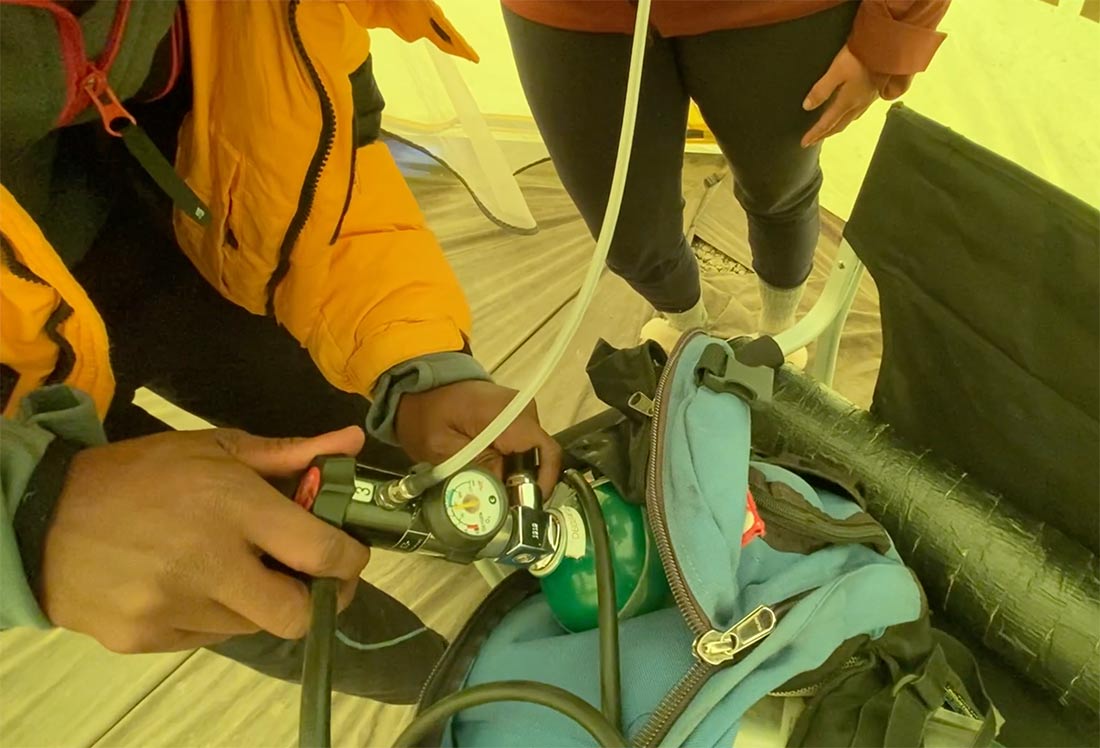
The availability of trained medical staff and first aid kits is non-negotiable. Guides should be Wilderness First Responder certified. They should have training in altitude sickness recognition and emergency response. Additionally, climbers should receive a thorough pre-climb trip briefing. The guides should inform them of potential health risks and how to mitigate them.
Environmental Responsibility
Responsible operators prioritize environmental sustainability and adhere to Leave No Trace principles. They promote responsible waste management. They use eco-friendly practices and contribute to conserving Kilimanjaro’s unique ecosystem. Choosing an environmentally conscious operator ensures that your climb has a minimal impact on the mountain’s fragile environment.

Final Thoughts
Embarking on a Kilimanjaro climb is a once-in-a-lifetime experience. Selecting the right operator is paramount to the success and safety of your journey. Thoroughly research and consider factors such as credentials, safety precautions, and environmental responsibility. By doing so, you can make an informed decision that aligns with your expectations and values. Remember that safety should always be the top priority. A reputable operator will prioritize your well-being throughout the entire adventure.
By choosing wisely, you’ll greatly increase your chance to safely summit Mount Kilimanjaro.

